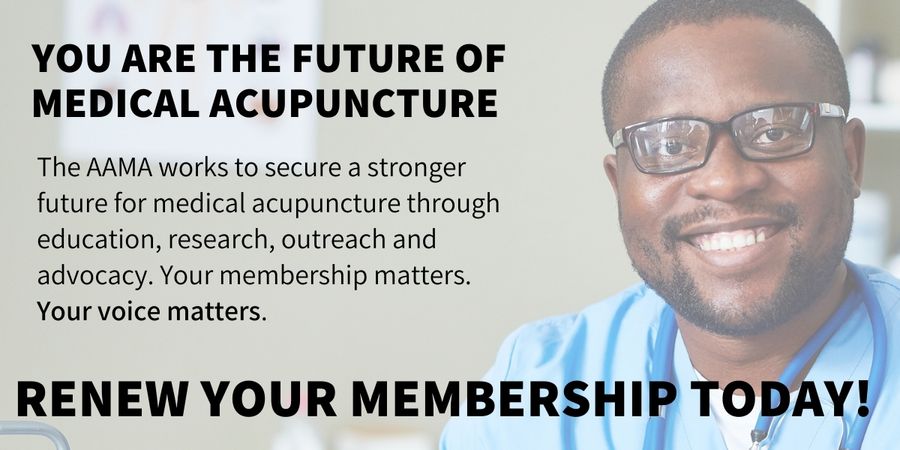One More Surprise
— Gary Stanton, MD, FAAMA, AAMA Board of Directors
This past April, I wrote an AAMA Newsletter guest column about “My Surprises in Auriculotherapy.” When invited to write another, I chose another surprising result — this time with medical acupuncture.
In 2015, a then 56-year-old woman came to my office for acupuncture for chronic pain related to multiple chemical sensitivities. During the prior seven years, she had been excessively sensitive to a great variety of chemical substances. Exposure to some chemicals caused a characteristic syndrome of numbness over her left scalp and face, followed by erythema and painful burning of the face and head with headache and nausea, then descending severe pains involving her entire body. Such symptoms would last 24 hours.
A neurologist carried out a brain MRI scan, an EEG, multiple blood and urine tests. All negative. An allergist at a tertiary care institution diagnosed her to have an environmental illness with multiple chemical sensitivities. Over-the-counter and prescription medications were inadequate to prevent or suppress her symptoms.
Recurrences were frequent, such that she routinely would go to the emergency department two or three times every month, often by ambulance! She would be treated with parenteral opiates and antiemetics, among other symptomatic treatments. She often would have to stay in the ED for hours under observation. She estimated that she had gone to the ED perhaps 200 times during those seven years.
I proposed medical acupuncture with standard steel needles. Most commonly, points treated bilaterally have included Sp4, Pc6, Ki6, Lu7, Li3, and St36, in addition to REN 12 and yin tang. Treatments typically last 30 minutes.
From the very beginning, the patient experienced surprisingly good results. Her chemical sensitivity reactions greatly diminished in number and in intensity. Her ambulance rides and trips to the ED ceased. Her breakthrough symptoms became relatively tolerable with ongoing acupuncture treatments. She reported no negative effects of acupuncture.
During the past seven years, the patient has returned for medical acupuncture treatments generally on a monthly basis. Treatments have remained beneficial. During every treatment session, the patient has expressed her thanks for acupuncture, saying this is only therapy that has given her a substantial benefit.
Beyond her gratitude, one can easily imagine how cost-effective medical acupuncture has been for this patient. I wish that physicians and their patients would consider medical acupuncture as a treatment option sooner, rather than later.








